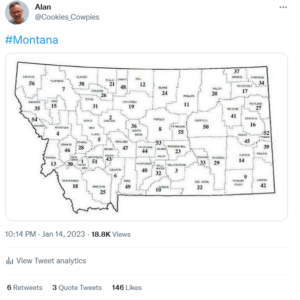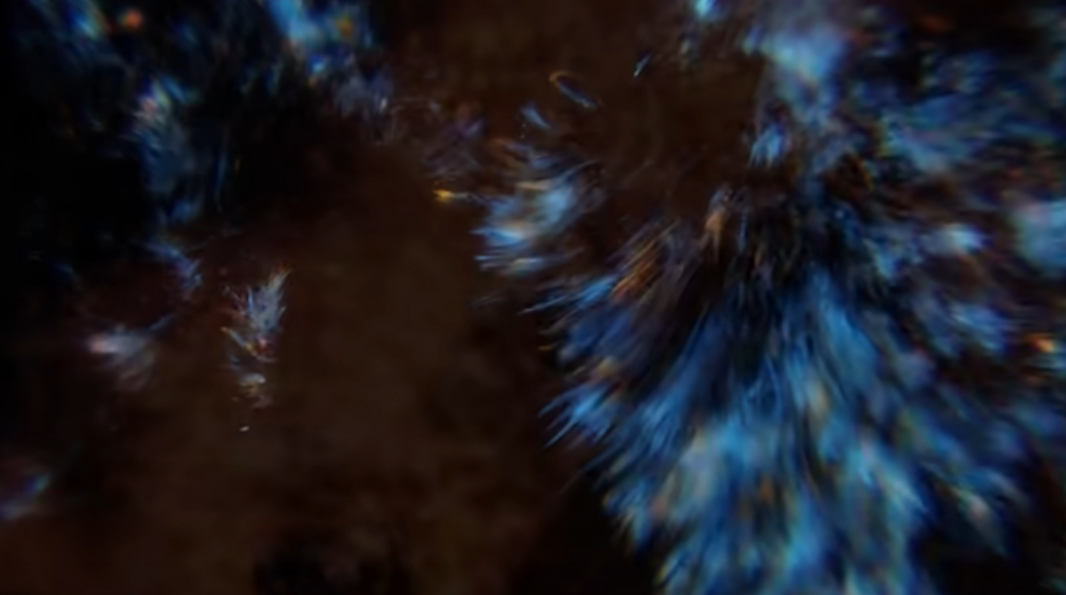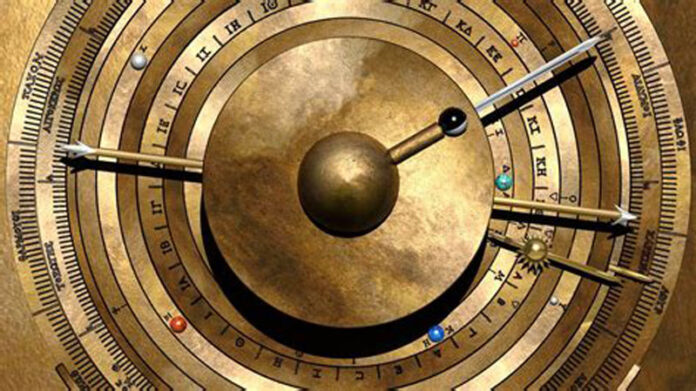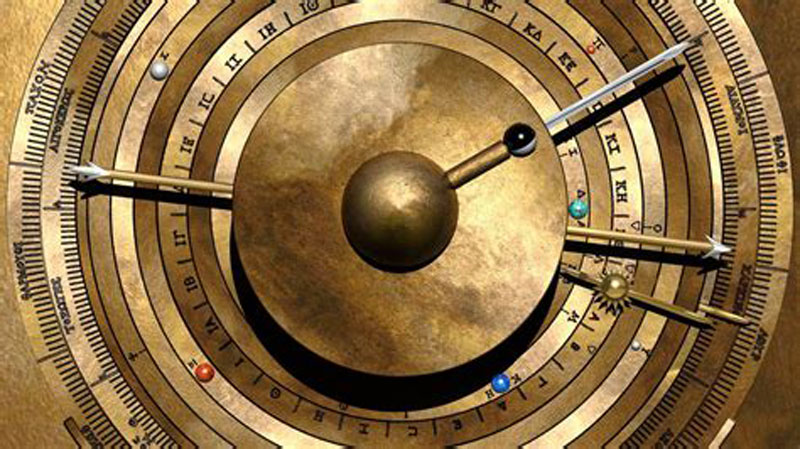Q: What do you get when you fail your drivers test 5 times in a row in Montana?
A: #13 license plates
Though we here in Montana are fairly known for our North Dakota jokes, there are a few made in Montana jokes that we like to tell on occasion as well. These are the kinds of jokes that only a Montanan would understand as it might relate to how our license plates are numbered according to county.
So what’s with the numbers anyway?
I know it’s sort of an odd title for a blog post, but with our Montana history, there’s a bit of significance to it.
Back in the day our Montana counties were numbered according to the population that each county might have had. The higher the county population, the lower the number was for that county, and that number was represented on our license plates.
You could be driving down the road and happen to notice a #4 license plate coming from the opposite direction and know that those folks might be from Missoula county for instance.

Last week I posted a graphic to the Twitters that I’ve had since I’m not exactly sure when and the responses I got from my fellow Montanans were just a series of numbers.
To someone from out-of-state, the comments containing only numbers might appear to be somewhat confusing, but from the Montana perspective, we all knew what these numbers meant.
Suffice it to say that these numbers are sort of a made in Montana form of shorthand for all of the counties one might have lived in over the years. Instead of just writing the county name, we all just used a number. Hence, the title of this blog post.
My wife, being raised in Texas, was unfamiliar with the unique way we numbered our counties in the beginning, but once I let her in on how we did the license plates she got busy and memorized all 56 of them. Now when we drive down the road she’ll occasionally perk up and say things like, Lewis and Clark, or Park, or Powell — She learned the numbers, so she rattles off the counties that she see’s from the on-coming traffic.
I remember back in the day, upon after moving to #2, I had to keep my #4 plates on for at least 6 months until it was time to renew my tabs. Having #4 plates in the #2 county got me the side-eye on a few occasions, but that’s alright — Remember the made in Montana jokes I referenced above? Yeah … there are a few here related to Missoula county as well. We’re all sort of a family here so that makes it all better at the end of the day.

Shortly after I posted my Montana county graphic to Twitter, Cody McCracken (@codymccracken24) came in and posted a graphic of his own of what the county numbers might look like today. It’s an interesting study on how our population in the state has shifted over the years. Even if in the future the state somehow found the money and was given the opportunity to update the county license plate numbering system, I doubt it would ever happen. Prying the #1 from Butte-Silver Bow county’s cold dead hands would sort of be a feat in and of itself, not to mention all of the other counties in the state that will always identify with their own county numbers as a whole and the sticky mess that might be involved if a change were to be suddenly thrust upon them.
Even though updating the the county numbering system for our license plates might not ever be a thing, we are seeing more license plates in the state that don’t have that sort of numbering at all.

More and more we are seeing license plates having more to do with the interests of Montanans as a whole. Service organization and association license plates are becoming more of a thing here in the state as people license their rigs according to who or what they might support according to their own interests. These license plates make it more difficult to discover which part of the state these folks might be from because they don’t have a designated county number associated with them. The fees are a bit higher on these plates, but that hasn’t stopped a great many number of Montanans from purchasing them in an effort to support the cause.
I’ve even gone in on the whole service organization and association license plate deal. We support who or what we support and it’s great that Montana allows us to wear our support right on our own vehicles. Bumper stickers are tacky and at times even creepy, but our Montana license plates are about as sharp as a tack in appearance and do a much better job at getting the point across.
Though I sport a few organization plates on a few of our rigs, I still license our other rigs with #2 and carry on the tradition that we Montanans have become so accustomed to.
Montana fun facts:
Extinct Montana counties:
Edgerton County, Montana Territory 1865, renamed Lewis and Clark County in 1868.
Big Horn County, Montana Territory 1865, renamed Custer County in 1877.
Bighorn County was again created in 1913.
Original Montana counties:
Beaverhead, Big Horn (Custer)*, Chouteau, Deer Lodge, Gallatin, Jefferson, Edgerton (Lewis and Clark)*, Madison, and Missoula.
You might think Montana counties are big now, but I’ll bet it was even a bigger drag renewing your car tabs back in 1865.
Thanks for the read.
Happy Trails.








Top Secret may not be as secret as we think
You may be surprised to learn that top secret may not be as secret as we think — when we elect our representatives to office, we also elect their personalities, likes, dislikes, and an assortment of other things that can cause them to either succeed or fail as individuals. No one person can relate to or otherwise identify fully with every aspect of our American lives. They just roll the dice and hope for the best.
Dealing with personalities can be a real groan at times, and I’m somewhat flummoxed over the fact that people don’t get that.
This whole deal with finding classified documents at or in various places with regard to our elected officials isn’t so surprising when you stop to consider just how long this sort of crap has been going on.
When you stop to consider personalities, the piece recently written by James Conner over on the Flathead Memo makes sense. Joe Biden is a different person than Donald Trump is.
Though the two men be different, the problem with this classified document thing isn’t.
Classified information in this country has probably been being mishandled for literally years, and by several of dozens of people.
Remember Hillary’s hammers and bleachbit? Yeah .. I sorta thought you would.
Officials leaving office with their full security clearance in tact just might give you a hint at how bad the problem might be.
Hillary still has her security clearance, George Bush still has his, Bill Clinton still has his, and even Jimmy Carter still has his. Then there are the countless others that helped service these administrations out there that very possibly still have their security clearances as well.
It’s been said that these people can keep their security clearance because they might be “consulted” later on with regard to world affairs.
I find it hard to believe that a person with a hugely failed foreign policy record could ever be consulted about anything relating to foreign policy, but yet, here we are.
So Biden turned the documents over immediately. Good on him. But we can’t ever forget how others handled it with their hammers and their attorneys — then also, we need to be thinking about how many more classified docs there may be out there that haven’t been, or have yet to be discovered.
We need to quit looking at the personalities and start looking more at the chain of custody, or rather, the lack of the chain of custody problem we have when it comes to our classified documents.
If the rules or the policy worked with regard to the chain of custody, we wouldn’t be sitting here using personalities as political talking points. It would be just one more headache we wouldn’t have to worry about.
Top Secret may not be as secret as we think as long as our chain of custody system remains broken and ineffective.